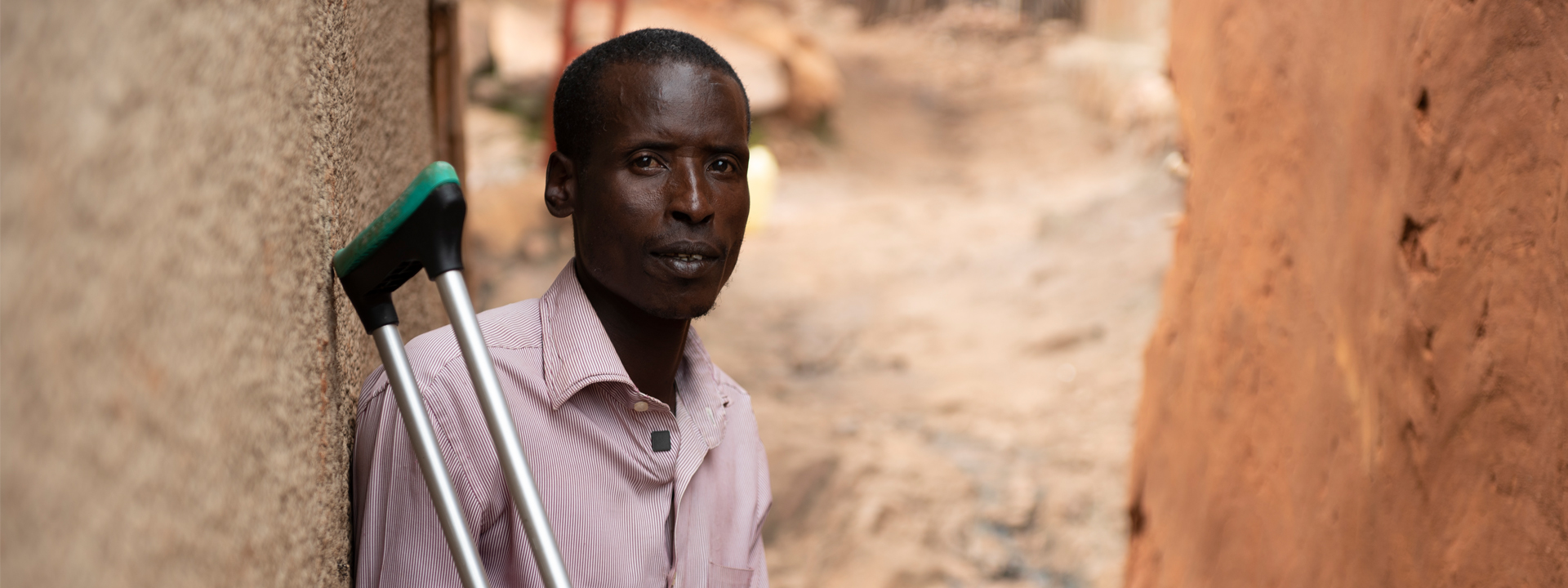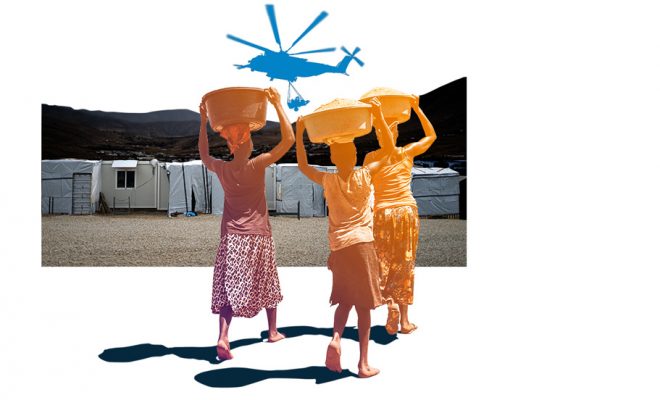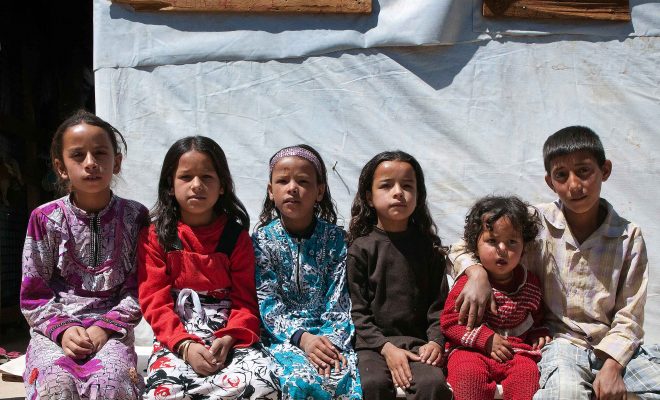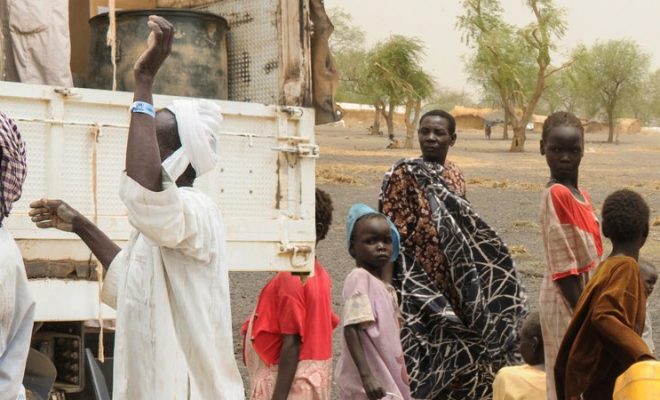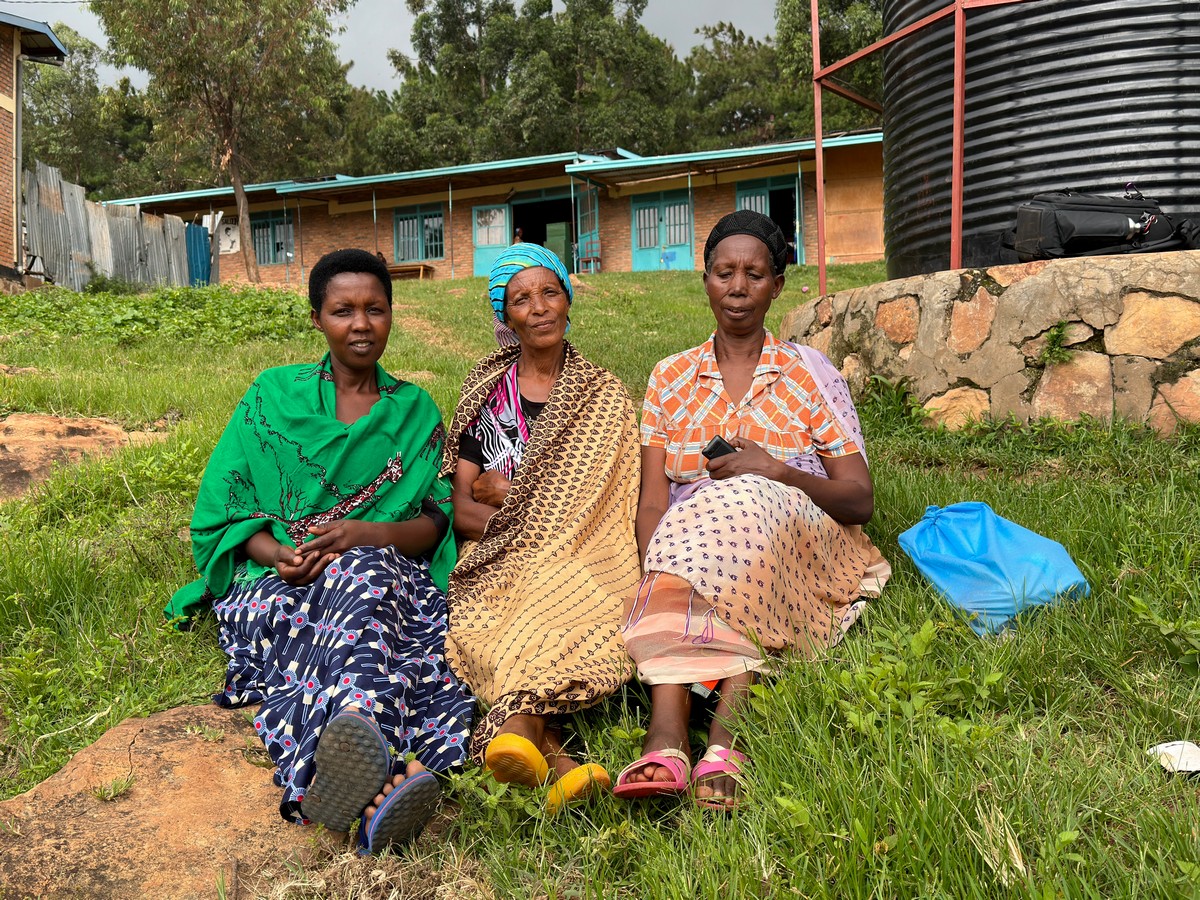
An adapted toilet can often change lives. It offers dignity to those who have lost their homes and rely on international aid for survival. © Carlos Garriga / WAWF
When Abonnema Jambosco reached Rwanda’s border in 2012, UNHCR staff rushed him to a hospital in Ngarama, roughly 100 km away. Injuries sustained while escaping his village in the DRC’s North Kivu region had nearly resulted in the amputation of his right leg. Abonnema was admitted to the hospital alongside dozens of other wounded individuals from yet another wave of migrants displaced by armed violence in his country.
Doctors managed to save his leg, but he was left with permanent reliance on crutches and significantly reduced mobility. At 38 years old, he had fled with his wife and three nearly teenage children, and the Rwandan government relocated them to the nearby Nyabiheke camp. He was given a rudimentary mud hut with no running water or sanitation. To use the toilets, he had to walk to the communal facilities, where squatting on the latrine slab to defecate was impossible due to his injured leg.
For the past two years, Abonnema has not needed assistance. A toilet adapted to his needs has liberated him from the painful necessity of seeking help for his physiological needs. Now, he can also use the showers independently and maintain his own hygiene. In the painful context of his diaspora, it is a small but significant step towards regaining some of his dignity.
El saneamiento precisa adaptación y renovación
The Nyabiheke camp was built in 2005 specifically to accommodate Congolese fleeing violence, and most of its facilities were deteriorated and hygienically obsolete. In 2022, we completed the construction of a block of ten latrines and ten showers in Nyabiheke. This transformed the lives of Abonnema and 500 other refugees from his area in the camp. The nearly 15,000 other camp inhabitants could also share these facilities, alleviating the pressure of overcrowding they previously endured.
This objective, a crucial component of all our projects, extends to all groups struggling to access adequate sanitation: marginalized schoolchildren, menstruating women, and, of course, refugees. In the nine aid projects we have implemented, we have served nearly 200,000 people fleeing violence across seven countries: Uganda, Rwanda, Ukraine, Romania, Moldova, Lebanon, and Chad.
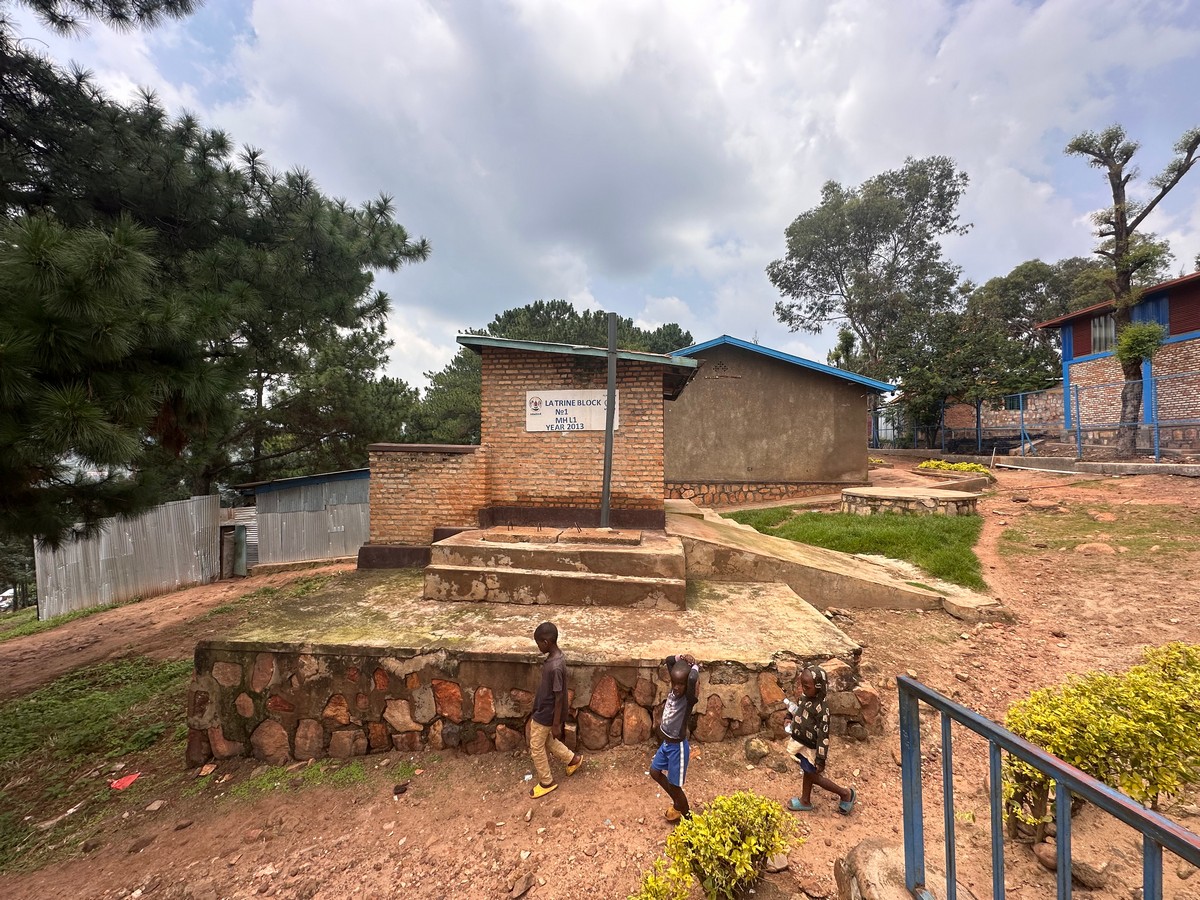
In 2022, we completed the construction of a block of ten latrines and ten showers in Nyabiheke. © Carlos Garriga / WAWF
30 Years of Despair
Abonnema is now 51 years old. His children have been educated in Nyabiheke and aim to integrate into the Rwandan community that has welcomed them. This is not easy, despite the efforts of the government and UNHCR, who strive to manage the limited international aid they receive as effectively as possible.
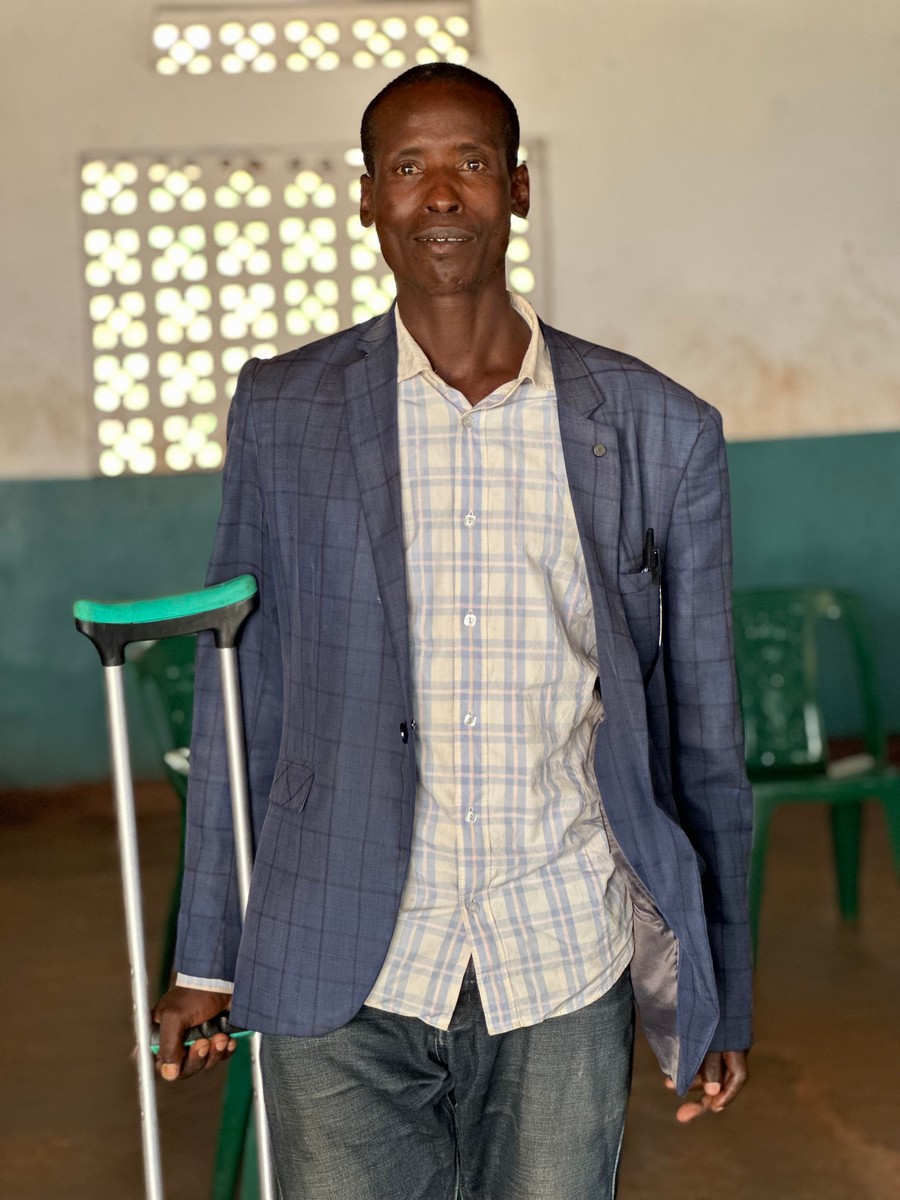
After 12 years in a refugee camp, Abonnema Jambosco maintains hope despite his disability. The greatest tragedy for his life, dignity, and that of millions of displaced Congolese is the fear of being forgotten. © Carlos Garriga /WAWF
Violence in the eastern region of the former Zaire has persisted since the late 1990s, when it became the epicenter of the so-called “African World War.” This conflict involved Libya, Sudan, Chad, Burundi, Angola, Zimbabwe, and Namibia, all vying for mining concessions for coltan, a valuable mineral crucial to the emerging electronics industry, which is why it is also known as the “Coltan War.” In 2018, the Democratic Republic of Congo was the second most displaced country after Ethiopia, with 1.8 million people displaced.
Although the war officially ended in 2002, its aftermath lingers, and violence has been resurgent in recent months. Numerous armed groups now operate in the vast northeastern mountainous area, driven by diverse economic, ethnic, and geopolitical interests.
Today, UNHCR estimates that this conflict has displaced nearly seven million people, a number higher than that of Ukraine and second only to Sudan. Like many internal wars, this crisis rarely makes the front pages of media in economically prosperous countries.
After 12 years in a refugee camp, Abonnema Jambosco maintains hope despite his disability. The greatest tragedy for his life, dignity, and that of millions of displaced Congolese is the fear of being forgotten.


